
The most "tide" tea room is none other than it!
Back to the new list
"Tea is drinking, originated from Shennong's family, and heard from Lu Zhougong." China is the hometown of tea and the birthplace of tea culture. Tea has been deeply integrated into the lives of Chinese people and has become an important carrier for the inheritance of Chinese culture. The tea room is an important place for modern people to relax, meet friends, and negotiate business.
01 Tea room industry prospects and pain points
According to iiMedia Consulting's data, the global tea market in 2017 was 49.46 billion U.S. dollars, and it is estimated that the global tea market will reach 73.13 billion U.S. dollars in 2024, with a growth rate of 47.9%. IiMedia Consulting analysts believe that tea originated in China with a long history and has become a daily drink widely accepted by consumers around the world. With the enhancement of product innovation in the tea industry and the strengthening of corporate marketing and promotion, the tea industry market has ushered in a broader development.
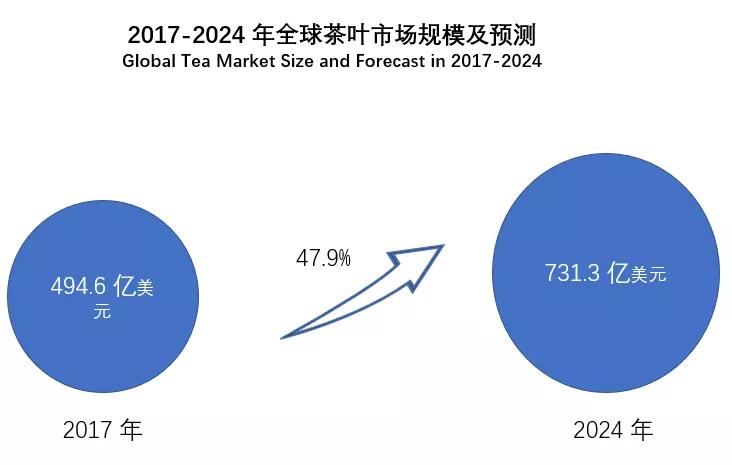
As one of the most important commercial forms of the tea industry, the tea room is not only a place for tasting tea, but also provides a quiet place to return to the basics of modern urban life. The vigorous development of the tea industry has allowed the tea room industry to rise with the wind. According to the company's data, the number of tea rooms increased from 36,170 in 2015 to 53,362 in 2020, a growth rate of 47.5%.
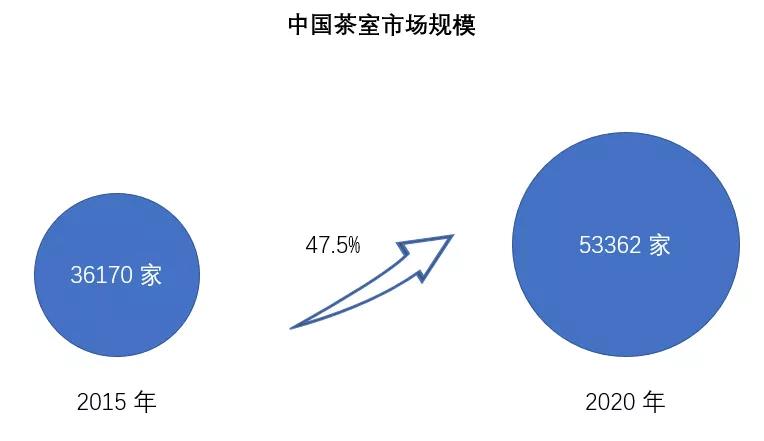
With a thousand years of cultural heritage, the tea room has also become a part of modern urban life:
On weekdays, take customers to the tea room for business negotiations. The quiet environment and high-end experience make customers feel full of sincerity, and the success rate of cooperation is even higher.
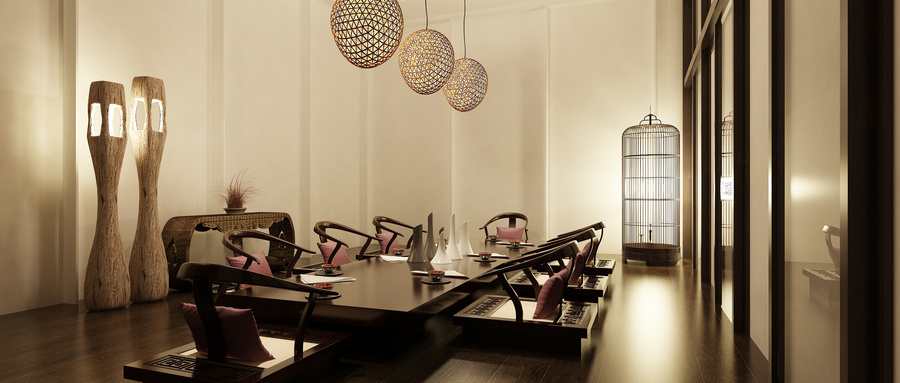
On non-working days, walking in the mountains and rivers is too exhausting, "lying dead" at home is too decadent, it is better to go to the tea room: a pot of tea, a little decoration, a comfortable seat, a poetic space, soothe your mood, the tea room becomes "Zen space" for modern young people.
The tea room, which has become an important carrier of Chinese culture, has the following pain points in comparison with various emerging industries in today's rapid technological development:
The development model is single and the communication channels are narrow: the reputation and flow of traditional tea rooms basically rely on "word of mouth", and the cost of acquiring new customers is high;
Lack of core competitiveness and serious product homogeneity: The products and services that traditional teahouses can provide are mostly homogenous, and basically do not have their own core competitiveness;
High comprehensive cost and single profit model: The traditional tea room industry has low concentration and high comprehensive cost, and the profit model is relatively single, and the profit space is small.
Shenxian Hall on the sea, the star of the sky. The inheritance of traditional tea culture has become less "mainstream" in today's rapid technological development. How to "stand out" in many industries and seize the time of customers is one of the difficulties in the tea room industry.
02 Intelligent upgrade and transformation
Tuya Smart Tea Room Solution
The Tuya smart tea room solution is based on the rich Powered by Tuya smart hardware product ecosystem, such as smart access control, smart lockers, pan-tilt machines, etc. It also provides multi-end SDKs such as Android, iOS, applets, and device control, Cloud APIs such as scene linkage facilitate the development of its own SaaS system and create a smart tea room space with functions such as access control, unattended, and mobile phone management for customers.
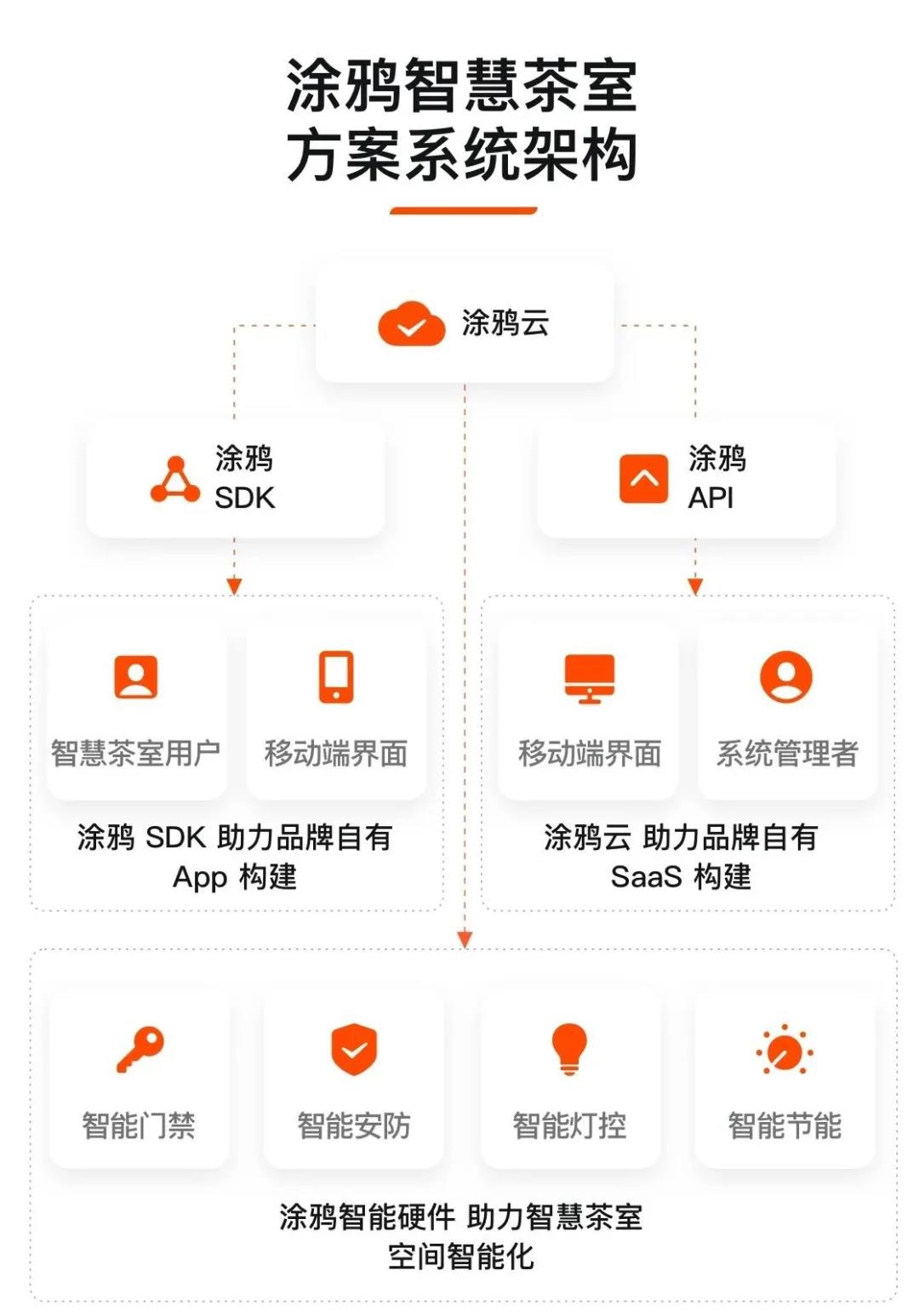
The collision between the tea room and the Internet of Things has brought new brilliance to the culture that has been passed down for thousands of years:
Online and offline integration: users can make reservations/seating/leaving remotely through a small program, and the whole process is intelligent and automated. Let the tea room break through the time and space constraints and easily get customers.

Smart tea room space: Intelligent linkage of equipment (smart sockets, smart desk lamps, smart lockers, etc.), and based on PTZ machines and other equipment, the equipment can be remotely checked and controlled. A variety of smart devices allow the teahouse to have its own core competitiveness. Various smart devices full of technological sense make the antique tea room full of hidden "eggs", which instantly attract users' attention.
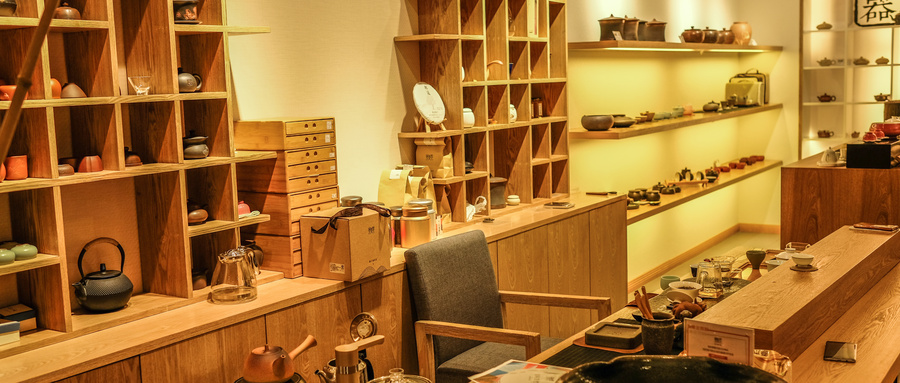
Efficient and unattended: Users can purchase tickets and take seats on their own, eliminating the need for manual front desks, reducing overall operating costs in a straight line, breaking time constraints, and operating 24 hours a day.

03 Traditional Culture and High-tech: Seeking Development in Change
Lying on the cloud and singing the spirit of wine and tea, facing the rain. Under the torrent of technology, traditional tea culture needs to find opportunities in science and technology, among which intelligence is the key. With the help of high-tech power, the traditional tea room is combined with high-tech technology to realize the intelligent transformation of the traditional tea room. Under the network effect, the growth of new customers and the retention of old customers in the tea room will be realized, and the tea room will usher in new development opportunities.
The Tuya Smart Tea Room solution is based on more than 310,000 Powered by Tuya smart hardware products, covering services in more than 220 countries and regions, and radiating more than 100,000 online and offline sales channels around the world, helping customers in the tea room industry to standardize the closed loop of the entire industry , From smart hardware, apps and small programs, to the SaaS management background. Whether it is a tea room brand or a smart tea room software solution provider, Tuya can provide them with a one-stop solution that integrates open source technology, operating tools, and sales channels.
